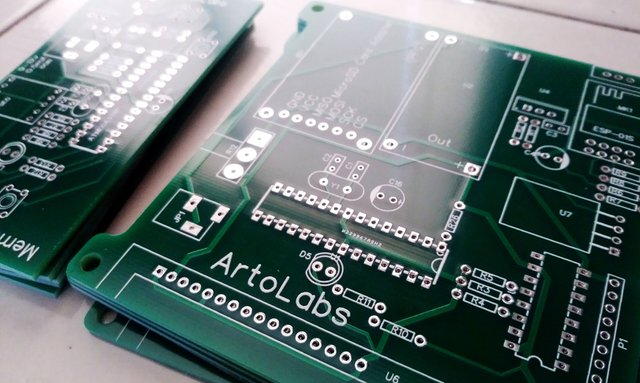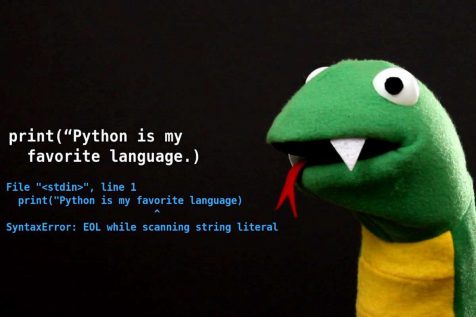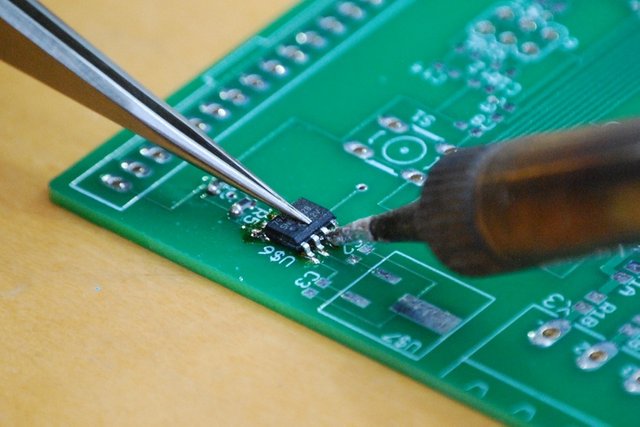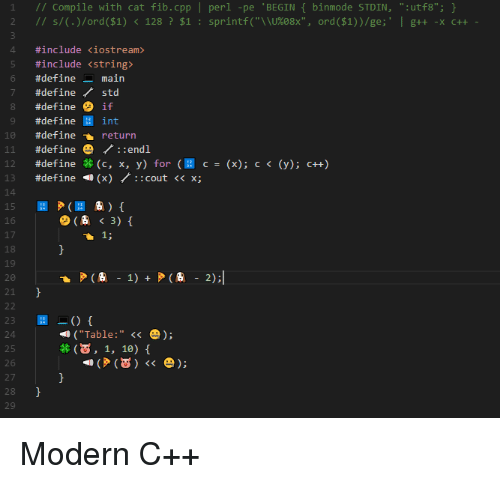Hello, My name is Mike, and Welcome to Learn Electronics!
I made this blog to teach electronics design and computer programming the easy way: step by step!
I also made this blog to share my Steem based open-source projects.
ArtoLabs is my umbrella name for all the projects I do, inclucing my website Artopium.com.
I have been doing computers for over 25 years, and electronics for 5.
I’d like to share with you some of the things I’ve learned that you won’t find in the books.
This will eventually evolve into a video series,
a website (which is currently being filmed and built respectively) and of course this Steemit blog. My intentions are to build up a series of articles and “blog-lessons” that can then later be referenced by the videos, which should be coming out and posted to d.tube within a couple weeks. I bring this to you free of charge and so I’m very grateful for your upvotes.
I am also heavily involved in creating several Steemit based open-source projects,
one of which I’ll be announcing in my next blog post. I’m very excited to start collaborating on this as well as other projects through Utopian.io. What exciting times we live in!
TBH I already run another Steemit blog called @Artopium,
which showcases art, music, fashion, video and books, the five categories on the website I own, maintain and run, Artopium.com. Because of this, most people know me as “Artopium Mike”. I made @learnelectronics because I felt the content I wish to create here wouldn’t be well suited for @Artopium
This will not be just a random set of lessons!
One thing that frustrated me as I learned programming and electronics was reading tutorials and watching videos that were all unrelated and individually inapplicable. It’s fine to learn the very basics this way, such as understanding the resistor, the capacitor, and so forth. But without seeing how each lesson is then applied into the bigger picture, and in more and more complicated ways, it’s hard to put it all together. That’s why I intend for all the lessons presented here to culminate into two large projects.
Learn to put it all together
The first project we will be building together is a memory game that I’ve created and fashioned after a game I liked to play as a kid called Simon Says. The game is played by repeating the sequence of flashing lights by pressing buttons that are associated with each light. On the original game there were four lights and four buttons but our version will only have two in order to keep things simple.
The final project will be a wifi-enabled (IOT) humidity and temperature controller for indoor gardens and greenhouses. This device will detect the room humidity, temperature, and even light levels, report it to a local LAN website, and allow you to remotely control up to eight, 120 volt powered devices such as a humidifier/dehumidifier, heater, AC, fans or lights. You will be able to control the devices either automatically based on the sensor readings or manually via the website.
Not only will I teach you how to build these devices, but you will have a firm understanding of how they work.
We will start out by prototyping on a breadboard, move to solder permanent connections on a perf-board, to designing our very own printed circuit board. I will also teach you how to program a microchip, as well as a computer.
Learn to program as well
You’ll be learning C, C++, the Arduino IDE, HTML, Javascript, MYSQL, SQLite, and Python. This is necessary to finish the final room sensor project.
As a side project I will also teach the Steem blockchain and what I’ve learned about the Steem Python code. I will teach you how to program your own upvote bot, and if my followers request it I will even teach you how to set up an Ubuntu server upon which you may install said upvote bot. :)





Welcome to Steem Community @learnelectronics! As a gentle reminder, please keep your master password safe. The best practise is to use your private posting key to login to Steemit when posting; and the private active key for wallet related transactions.
In the New Steemians project, we help new members of steem by education and resteeeming their articles. Get your articles resteemed too for maximum exposure. You can learn more about it here: https://steemit.com/introduceyourself/@gaman/new-steemians-project-launch
If I could flag this harder I would. A big 'ol self upvote to put your comment at the top of my article and give yourself a nice payout. I checked out your blog and everything you've resteemed is from 9 months ago. Why? You seem very scammy. If anybody else with more Steem Power can see this please flag this comment. It's totally unwanted.
Hi Mike! Welcome on board!
As you are in electronics, do you think it is difficult to make the following:
Board 25 leds ( 5 x 5 ). I want they turn on like playing the snake... One after another in a special order.
It could be possible to make the letters appear too...
Thank you!
Hey evyxxx, the project you described is manageable for an electronic beginner. In case you are an absolute beginner you should start with a less complex project to get encouraged by the faster achievements. You could start with fragmenting your project in multiple projects. For example start with coding the 5x5 game and letter logic in Python.
This is totally possible. :)
I guess so... What do I need to make it? Interested in building this project on #steemit? Later I will show the base of the lamp I want to make :)
Perhaps. It will have to come a bit later as I already have a full schedule for what I will be posting here. But I think a project like this is quite doable. :)
Hey @evyxxx, the most straight forward approach is wiring up each LED with a single output pin. Therefore 25 ouput pins are needed. I recommend using an Arduino Mega 2560 or clone. This board has enough GPIOs to get you started. Use a Breadboard to directly wire up your LEDs. Do not forget the LED series resistor for each LED to limit the current. There are LEDs with integrated series resistor.
Warning: Usually signal outputs should not be used to provide current, but your use case will not exceed the current limitations (https://playground.arduino.cc/Main/ArduinoPinCurrentLimitations Atmel ATmega2560/1280/640 (MEGA) Current Specifications)
Part summary:
Welcome and I look forward to the upcoming tutorials!
Thank you I'll give it my best go. ;)
Welcome to Steemit @learnelectronics!
I wish you much success and hope you find Steemit to be as rewarding and informative as I have.
Here are some links you might find useful.
Your stats on SteemNow
Your stats on SteemWorld
Your stats on SteemD
How does Steemit actually work?
Introbot is hosted and managed with donations from @byColeman to help make your journey on Steemit be truly rewarding. Your feedback is always welcome so that we may improve this welcome message.
Oh yea, I have upvoted you and followed you. Many blessings from @introbot & @bycoleman
✅ @learnelectronics, let me be the first to welcome you to Steemit! Congratulations on making your first post!
I gave you a $.05 vote!
Would you be so kind as to follow me back in return?
Thank you!
Welcome again with this new blog. I followed you. I'm an electronic engineer and I'm sure I'll like your posts
Excellent! I followed you back. :)
Oh my, should I follow or should I follow? 😂 Maybe I will just stay to visit at the artopium acct.
Follow me! Follow me! :D
But I like artopium posts better. Hahaha.
aw. ok. i'll be coming out with cool art stuff too. :)
Here? Noooo. 😂😂😂
no, on artopium of course. this account is just technical stuff. i live a dual life. now you know my secret.
Haha yeah. Will be doing the double life soon too when I feel like it. It seems fun. 😂
Hey Mike, in case you still like Simon Says i would like to introduce you to my Simon Says 2.0 prototype. This one was a project i created to learn the C# language. It is unfinished and coded poorly but it is payable and thrilling.
Sure. I looked at your blog but didn't see it. Where can I find it?
Hey Mike, i have not published the game. I sent the game via Discord to your Artpodium profile.
The .zip file contains a manual. Enjoy!
Oh interesting. I didn't know you could do that. OK, I'll take a look.
This is awesome. I am glad you are building on the lessons. I will follow and hopefully learn something.
No raspberry pi? :)
That'll come up eventually I'm sure. I'll start with Arduino first. ;)